Electricity Distribution
Environmentally Friendly Distribution Poles
Our poles are made from fibreglass reinforced polyester, completely covered in a solid 3-4mm shell of dyed polyethylene. The inner layer has a high resistance to chemicals, moisture, vermin and pests, as well as physical impact.
Before leaving the factory, poles are fitted with a cap to keep water and moisture from entering.
Product Data Sheet PDF
Construction
Our poles are made from fibreglass reinforced polyester, completely covered in a solid 3-4mm shell of dyed polyethylene.
The inner layer has a high resistance to chemicals, moisture, vermin and pests, as well as physical impact.
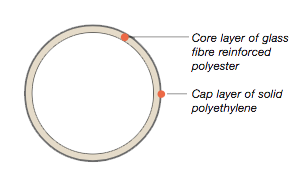
Length
Poles are manufactured in all standard lengths up to 16m. Longer lengths are available on request.
Weight
Each pole is considerably lighter than the corresponding wooden equivalent. A Jerol G12 for example, is approximately 200kg and a Jerol E16 approximately 400kg.
Diameter
The diameter of our composite poles is virtually the same from top to bottom. The diameter can vary depending on the pole length and load requirements. Poles with lower load requirements have an approximate diameter of 215mm and those with higher requirements an approximate diameter of 265mm.
Thickness
The wall thickness varies from 10-25mm depending on the length and load requirements of the pole.
Climbing
Jerol poles are climbed using the same equipment as wooden poles. See film: climbing.
Cutting
A standard angle grinder with a diamond cutting disc can be used, or alternatively, a reciprocating saw with a fine-toothed blade. Fibreglass dust can irritate the skin so the appropriate protective equipment should be used. Chainsaws should not be used, as the composite material interferes with the chain. See film: cutting.
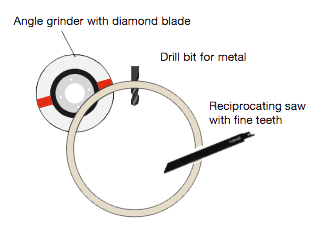
Hex Head Screws
Predrilled holes are required and hex head screws are to be used. Holes should be drilled with a diameter of 0.5-1.0mm less than the thread diameter of the screw (see illustration). Self drilling screws with a coarse thread can be used.
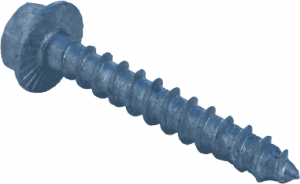
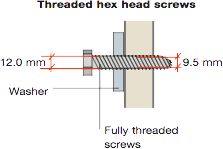
Mounting Equipment
Hex head screws should be used in a predrilled hole. Our recommendations for hole and screw diameters should be followed. See film: mounting equipment.
Self-drilling screws with a coarse thread may also be used. See film: mounting a sign.

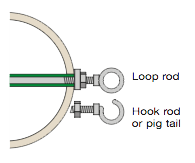
Mounting Points
A spacer sleeve should always be used alongside a threaded rod. See film: mounting a spacer sleeve.

Load Capacity
A Jerol G12 composite pole has the same load capacity as the equivalent G12 wooden pole.
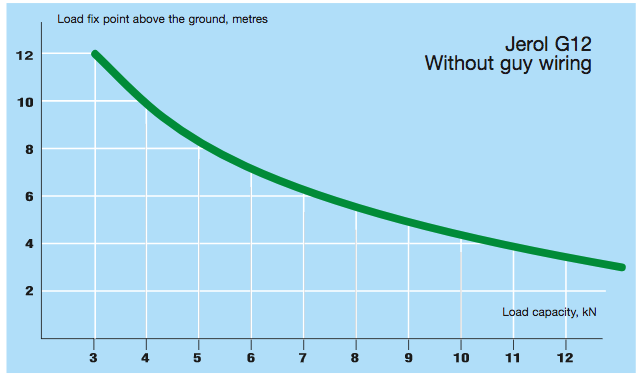
Guy-Wires
Guy-wires can be mounted using the same methods used for wooden poles.
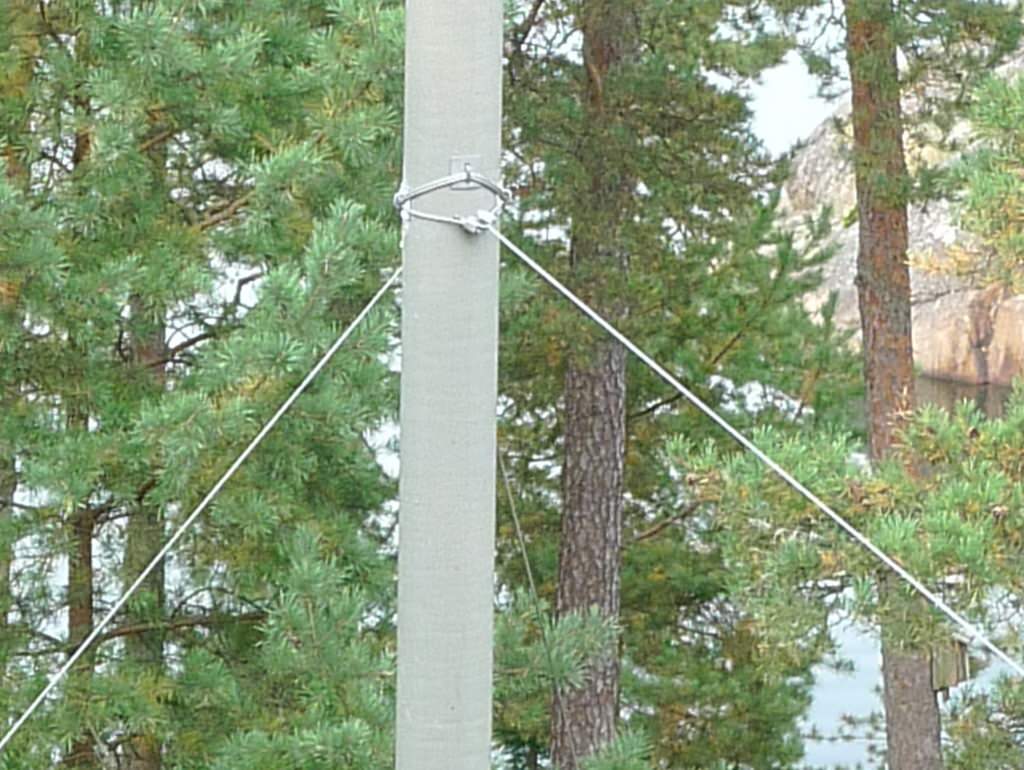
Guy-Wires with U-Nails
If guy-wires are to be attached with U-nails, a predrilled hole is required. To ensure secure attachment, the diameter of the hole should be 1mm less than the staple. See video: guy wiring with U-nails.
When installing in mountainous terrain, a regular strut pole bracket can be used
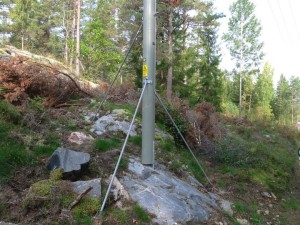
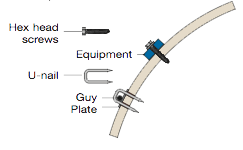
Raising Composite Poles
Poles are raised with “Grab John” in a similar way to wooden poles. Poles should not be lifted from the top, rather the best location is from the centre of the pole. See film: raising a composite pole.
Grab John should be used with care, as too much pressure can damage the pole. Poles should be transported with caution, as the stress on poles can quickly increase large in rough terrain.
Together with Huddig, Jerol has developed a pressure distribution device for Grab John jaws which is perfect to use when moving and erecting Jerol composite poles. The picture to the right shows this pressure distribution equipment mounted on Grab John jaws.
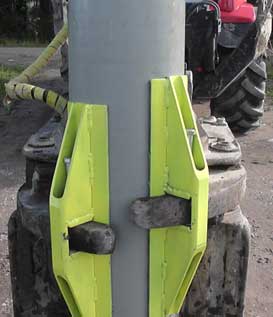
Pole Caps
All poles are fitted with a cap before leaving the factory.
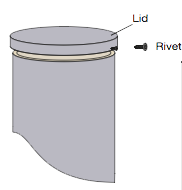
Pole Bases
Poles are fitted with a base to prevent them from sinking in soft earth.
Year Marker
Every pole is fitted with Jerols trademark, product type, and year of production. This is mounted 4m from the bottom of the pole.
Installation Depth
This is the same depth used for wooden poles, i.e. 2m. Similarly, our products are buried using the same method used for wooden poles.
Height Adjustment
To ensure that the year marker is 2m from the ground, a pole may require cutting. Cutting can be performed with an angle grinder or reciprocating saw.
Installation in Mountainous Terrain
Poles are easily installed in mountainous terrain using rock dowels and hex head screws. See video: installation with a rock dowel
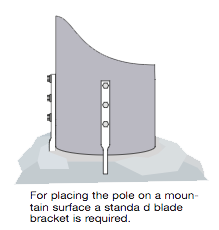
Storage and Waste Disposal
There are no special requirements when storing Jerol products as they are completely non-toxic. Dismantled posts can be reused, and smaller sections work well as cable protection. Damaged sections can be recycled or responsibly disposed of in landfill.
Occupational Health & Safety
General safety precautions for machining must be followed. Our products are non-toxic, and the material safety data sheet (MSDS) can be found here (Swedish).
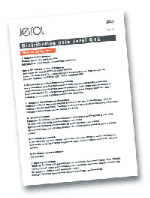
Pole Classification
Distribution poles are named according to their load capacity and class, in the same method used for wooden poles. The classes N,G, E, S and S+2 are used, and the length is given in metres.
The example shown on the right is a Jerol G12, i.e. a 12 metre, type G pole. When buried correctly in a 2m deep hole, the pole will stand 10m above the ground. At 0.2m from the top, the pole has a load capacity of 4.3kN
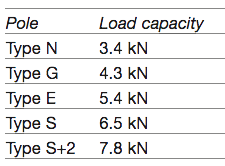
Preparation and Dimensioning
The same methods for wooden poles can be used.
Transport
Poles can be transported alongside other goods and there are no special requirements when storing.
Lifespan
Our poles have a calculated lifespan of more than 80 years, this is based on 50 years practical experience of composite poles in corresponding climates.
Environment
Jerol products are the perfect alternative when the installation of creosote impregnated posts is prohibited, according to EU REACH legislation: “… in playgrounds, parks, gardens and outdoor recreation facilities where there is risk of frequent contact with the skin.” (REACH Chap. 31, Appendix XVII, Regulation (EC) No 1907/2006.)
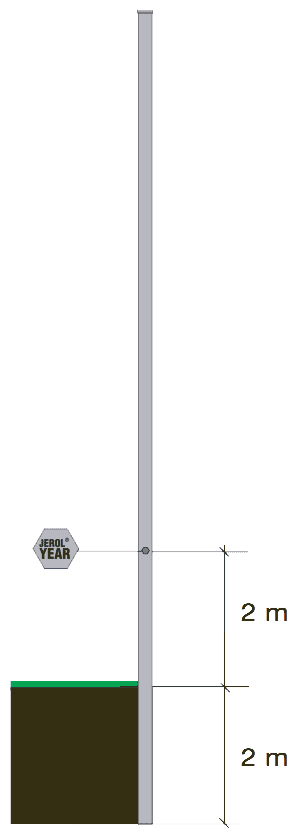
Reference Project
Our composite distribution poles have been installed since 2009 and can be found in grid networks throughout the Nordic region. You can see more in our Reference Project.

Installation Video
The video to the right shows the installation of a composite pole in mountainous terrain using rock dowels.

